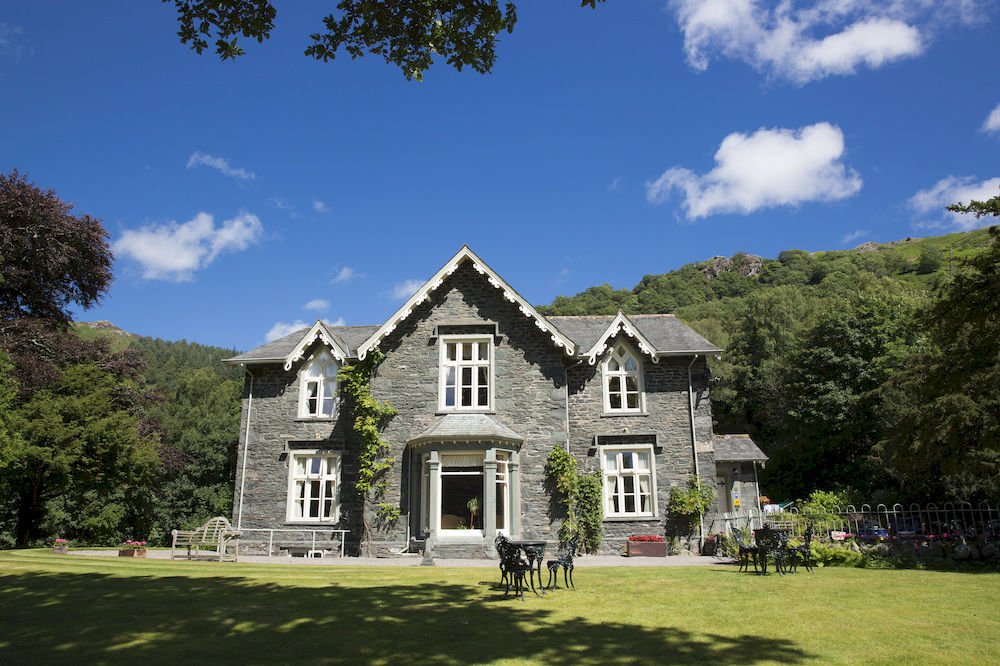All cities with long history have had preferences for some particular types of architecture. Either for practical reasons or aesthetic, or perhaps even both in many cases, one or few style of architecture is adopted and eventually the style comes to be strong part of identity for the cities and inhabitants. This phenomenon may be applicable to just a small tribal group, village, religion or even a whole country.
What comes to mind when you think of ancient Greece? The most common answer would be names of ancient philosophers, their Gods and buildings with large cylindrical pillars that are more commonly referred to as Greek style. The Parthenon and its style is a major factor in Greek identity today, at least from outsiders’ point of view. Amphitheaters, colosseum and aqueducts pop into mind when we hear “Rome”. Say the word Japan and one the first pictures that come to mind are sliding doors and distinct shape of their temples. Say the word China and Great Wall and structures resembling the Forbidden Palace comes to mind among other things.
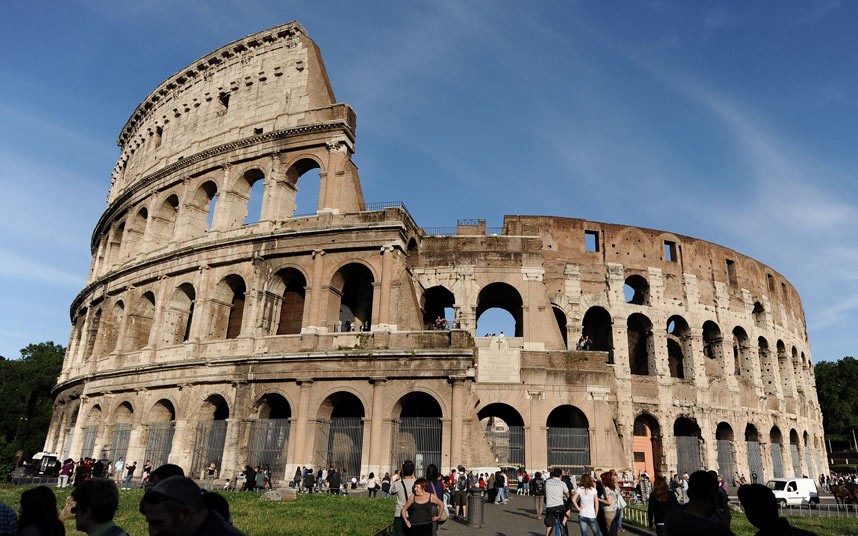
Despite seemingly endless variety of architecture, many cities and countries share common styles. Case and point: Europe. To non-Europeans, distinguishing between French, Roman, Greek, English, etc are practically impossible. Still such styles or style is one of the biggest foundations of their identity. Same level of ambiguity exists when it comes to Muslim, Arabian, North African, Persian, Indian (with the exception of Shikhara style). Nepali architecture stands out in this regard. It has indigenous origins and have contributed immensely to Chinese & other styles of architecture and most important of all it is distinct from those of neighboring cultures.
Post Earthquake Scenario
The great earthquake of April 2015 left many ancient buildings completely destroyed or badly damaged. Much of such buildings were ancient temples, palaces, government offices, historic schools, buildings for public services, etc. Many of the temples and palaces, along with few of the popular one are highly likely to be restored as it was before. Buildings that do not have much history or religion attached will likely be reconstructed in modern fashion. While people have much admiration for their heritage and opposing views toward the bland modern architecture, issues of economics and practicality are more likely to win the duel. After all, the ancient design system that incorporates a great deal of wood carving of top-notch artistic quality, hand made & manicured bricks, good quality wood, and skill sets that are not available in large numbers. All these costs extra money that people do not like to commit to eventhough it could be economically beneficial in the long run.
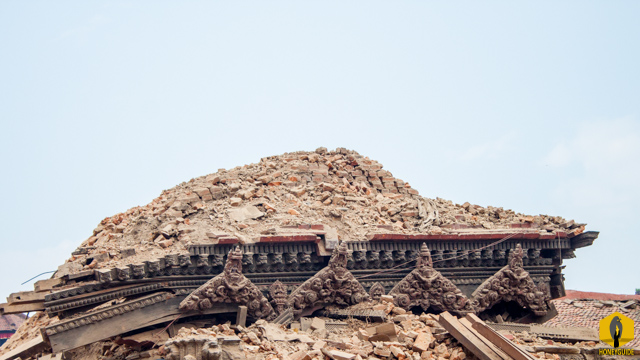
The issue of ancient architecture preservation is a hot topic of discussion in Nepal. In the last 50 years or so, a bland version of western architecture infiltrated almost all of so called ‘developing countries’ or ‘third world countries’. While many countries left that behind due to various reasons, countries that fell behind economically never managed to stop the fast spreading disease of characterless architecture that was also highly deficient in beauty.
Here is a list of proven rationales to encourage people, societies and authorities to adopt their own age old building themes:
1. Part of Identity: Though a small culture in terms of geographical coverage, Nepal has distinct set of styles of its own. Not just that but Nepal’s contribution in what is today known as Chinese, Japanese and Korean architectures are immense. Maybe hard to fathom but enough historical evidences exist. This distinct style, rich in history is one of the biggest foundation of Nepali identity whether one realizes it or not. We do share a common religion, language, scripts, and even in many cases, history with our neighbors; southern neighbor to be more precise. One of few lasting distinction is architecture and distinct characteristics are what differentiates us from other cultures that have many similarities.

2. Enhancement of Beauty: One look at the urban concrete jungle of Kathmandu and no sane person can claim it to be beautiful. While no hard parameters for beauty exist, uniformity plays an important part in urban location at least. A pattern with large degree of uniformity enhances beauty of even the ugliest individual designs. Case and point: houses of generic designs in housing estates. Add characters that are historical and culturally familiar and revered, beauty becomes a by-product. The main reasons Paris and Vienna are known as the most beautiful cities are because of uniformity and historically revered themes. Some parts of Bhaktapur have implemented policies to achieve that but it must be noted that they have not accommodated requirements of the modern age such as wide roads, parking spaces, etc.
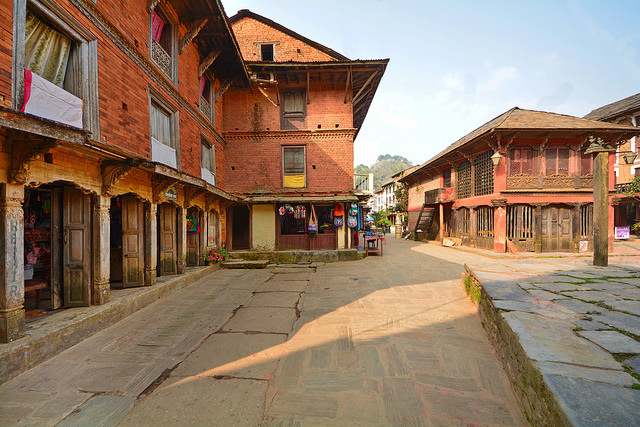
3. Template: The biggest underlying trait of modern style of construction is that there are no unifying philosophies that guide designs or construction aspects of architecture. Lack of inclusive template for urban planning is clearly evident in Kathmandu valley. Such templates are not exclusive to ancient architectures only but historical existence of a template adapted to our own lifestyles is still deeply ingrained in our collective subconscious memory. We are still aware of the functionality, practicality, advantages and disadvantages. It can be used as a base and with necessary changes made to adapt to modern-day requirements. Pattern and layout of ancient cities like Kathmandu, Bhaktapur and Patan are well familiar to many Nepalese.
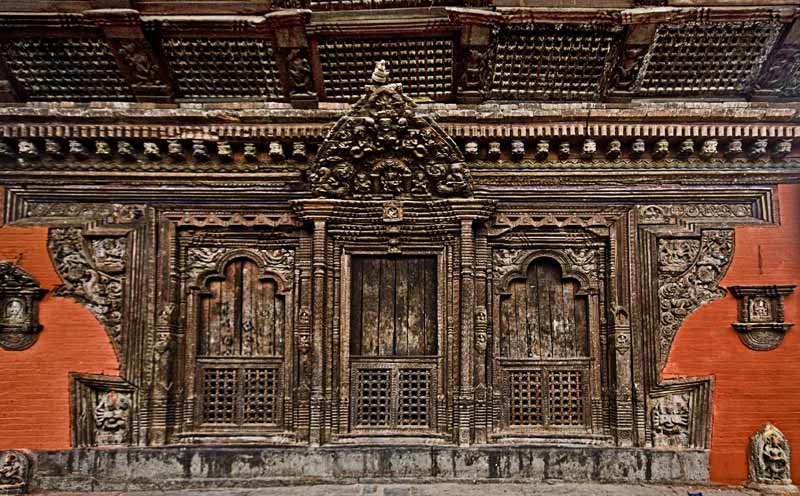
4. Commercial Benefits: Ancient but revered styles have always been attractive. Even ancient buildings, if well maintained, command excellent prices despite their shortcomings like higher maintenance costs, difficulties in installation of modern amenities, etc. In Nepal’s context, even old build at bad conditions almost never run out of potential tenants for restaurants, hotels and offices. New buildings of ancient architecture are more attractive than older ones due to their modern adaptation. Example: Dwarikas Hotel in Kathmandu, Hotel Courtyard, etc. If a whole locality adopts a single theme like in so many European cities, attraction improves dramatically. People’s Square in Shanghai in one such example, the old town is much more socially and economically affluent than the rest of Shanghai despite the ultra-modern city they have outside of the zone. Hundreds of other examples exist where old styles have commanded better economic prospects than the rest.
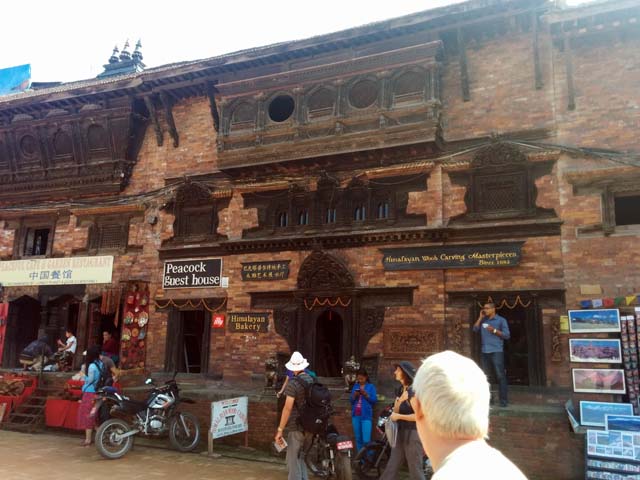
5. Practicality and Nature Friendly: Precisely because construction goods could not be transported from hundreds of kilometers, let alone thousands in ancient days, all societies eventually became adept at making the most from locally available materials. Resources like oil and electricity were not available to heat or cool the buildings; neither were motors to keep sewages and water supply flawless. Those architects had to achieve good insulation performance with basic materials; make good use of wind for cooling, consider rainfall patterns for water storage and drainage and many more. With no need to burn fuel, consume extra electricity and no need for transportation of thousands of tons of materials from another continent, ancient architecture are the most green buildings ever. Non-organic chemicals were non-existent then, much less pollution than what’s available today.
6. Legitimacy to new policies of Urban Planning: If it works to satisfactory levels, preference is usually given to indigenous ones due to positive biases. Nepalese people still have high levels of emotional attachments with old culture, religion and tradition. A casual conversation can have enough connotations of reverence or in some cases even outright biasness. Precisely due this trait, a new urban planning policy, if based on the accepted and proven formulas are more likely to win popular support. Such practices of using popular sentiment to achieve political or economic goals are quite often sold under traditional or cultural connotsations. A notion endorsed by Machiavelli, Chanakya and many others, they have been in use since earliest days of civilization.
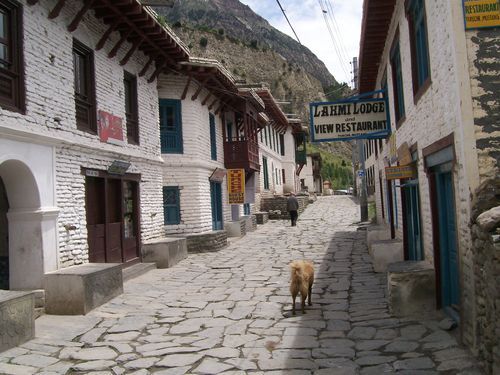
7. Development of new Industries and unique skill sets: The biggest reason modern style of construction flourished is due to the established supply chain and human resource availability in abundance. Bricks, TMT rods, cements, modern bathroom amenities, modern tiles, marble, modern furniture, etc are easily available at affordable prices as industries for their production are well established along with supply chain and financing networks. Adoption of ancient architecture at larger scale will require developing production industries of ancient style of bricks, tiles, furniture and all the required ingredients. That translates to development of new factories, updates in supply chain, new engineering practices, workforce with appropriate skill sets, etc. It means stimulation of economy and new jobs. Mass production and supply when achieved will bring prices down and further promote the adopted practices.

8. Prioritization for local production: When international markets are unable to supply the goods needed for our needs, the only feasible way is to prop up domestic production. It means growth of domestic economy and productivity and more jobs to Nepali workers. If our style of architecture is exported abroad, so will the materials needed for it.
The town of Keswick of Cumbria county in England is one of the more famous town/city that practices preserving its ancient architecture, with sincerity and great results. Thanks to strictly observed laws, all ancient building are preserved thanks to strict laws ensuring preservation. The town has still managed to maintain their revered traditional looks. Also newer buildings of modern designs are not allowed anywhere near the town center. Newly built ones in the outskirts are also forced by law to adopt design themes that share more resemblance to old history.
